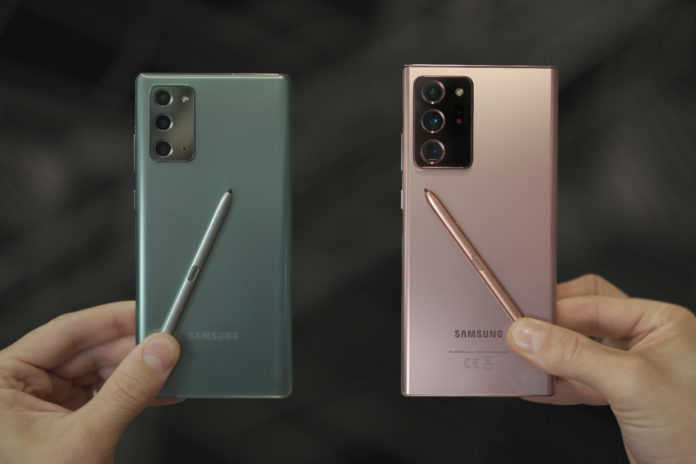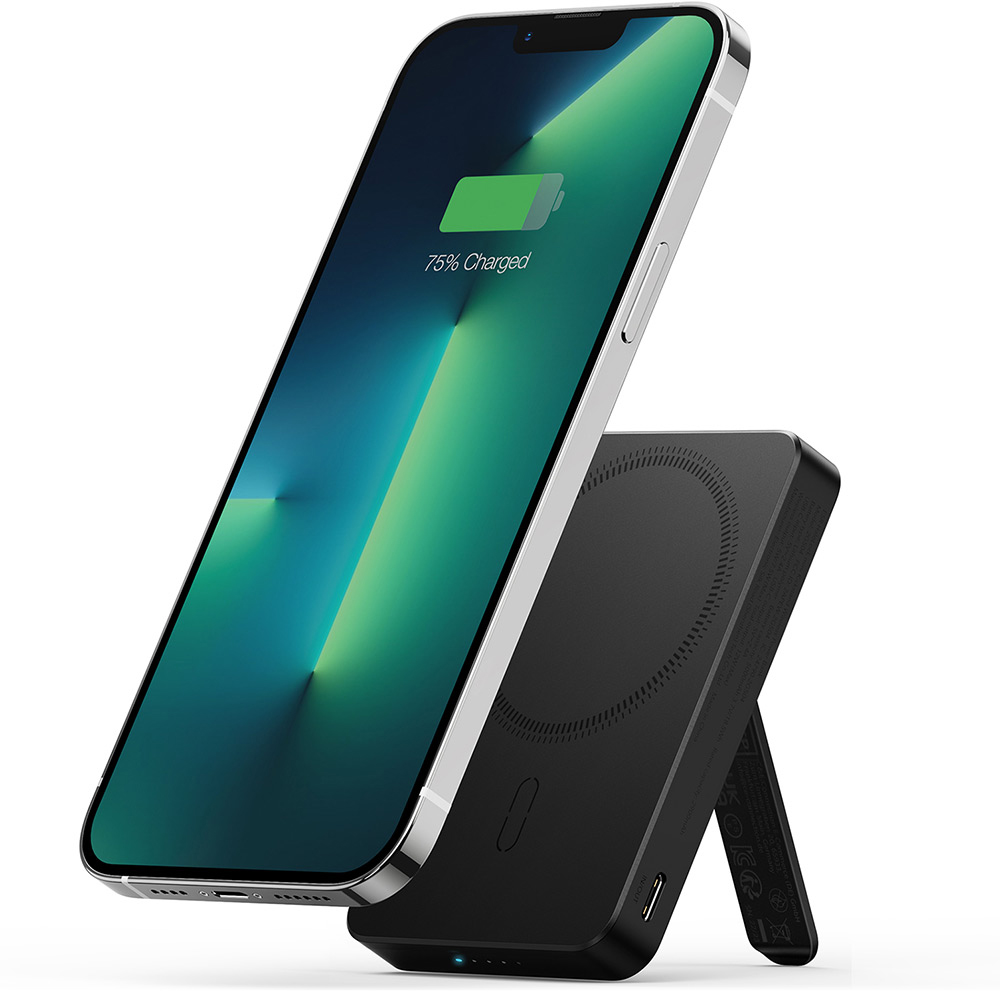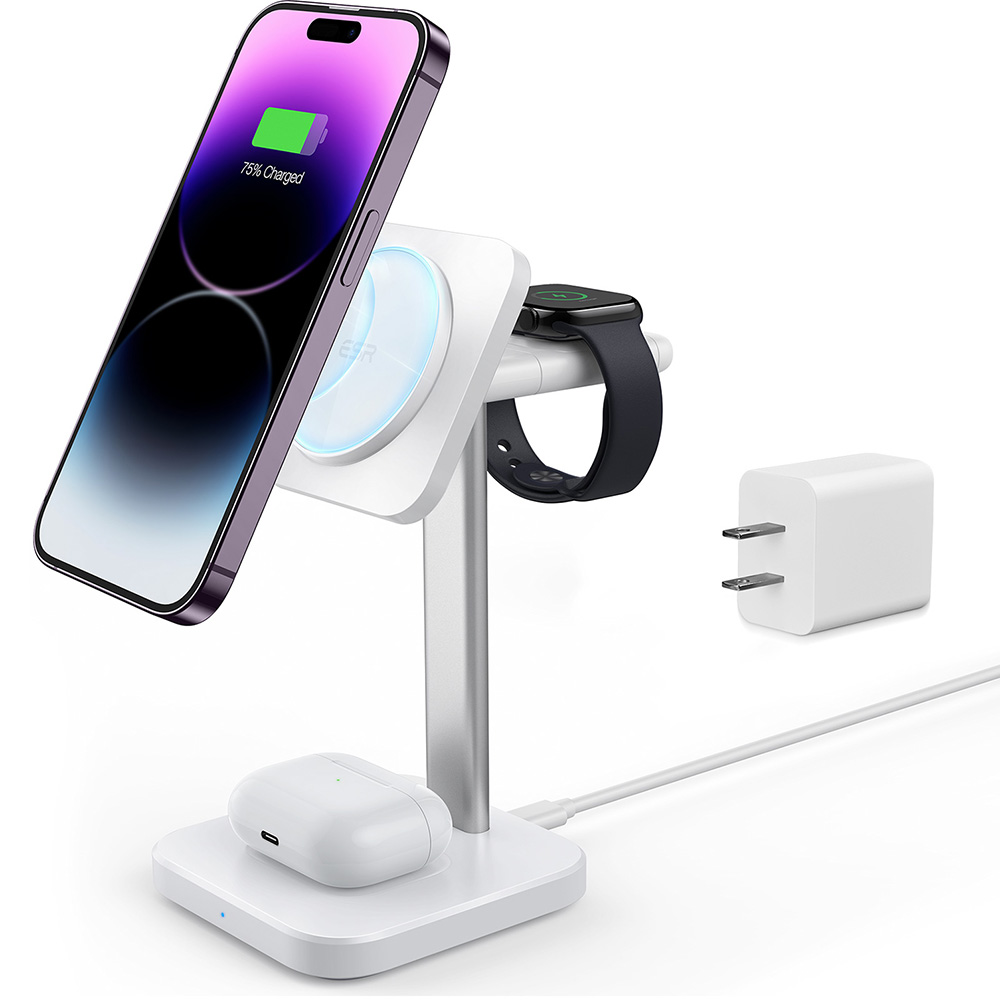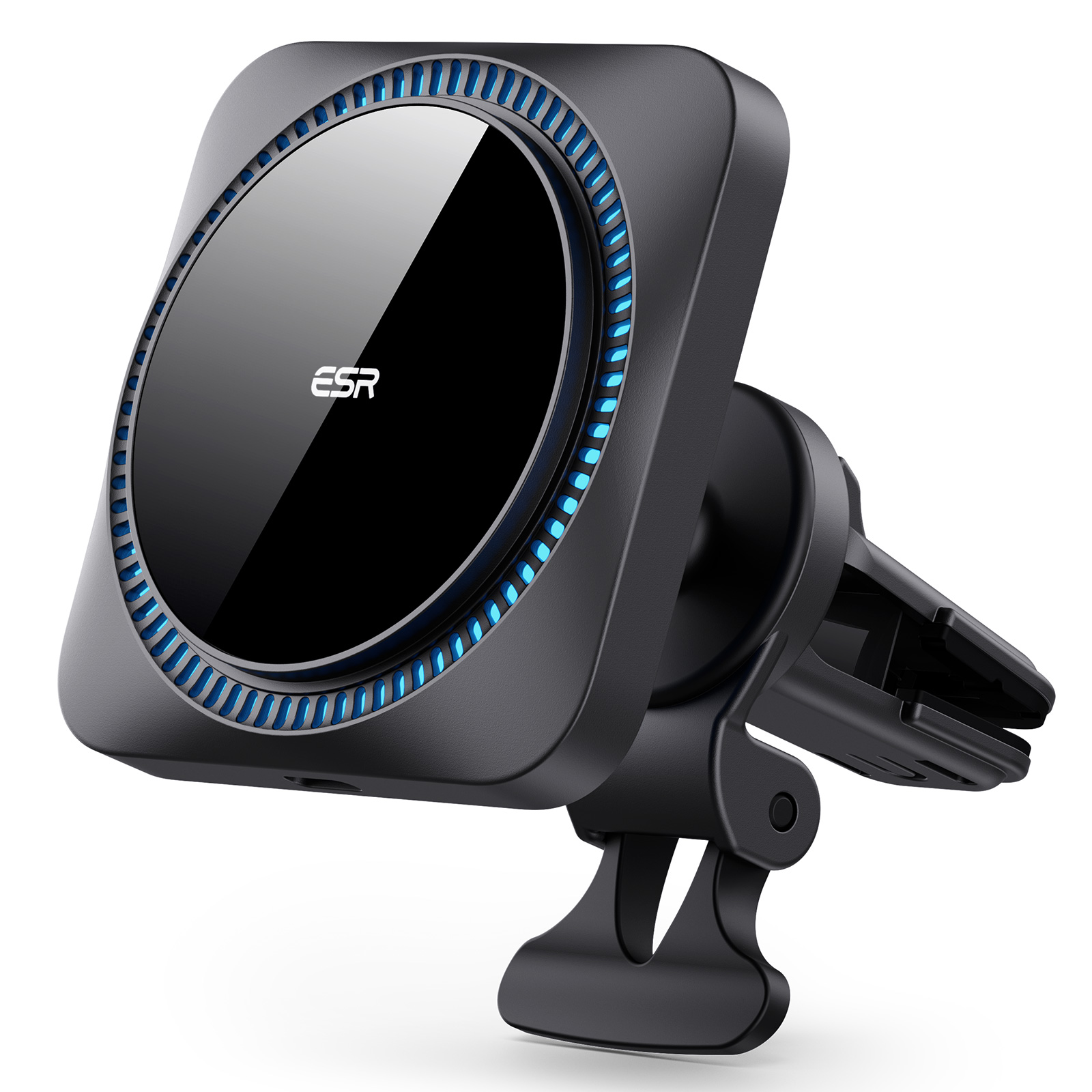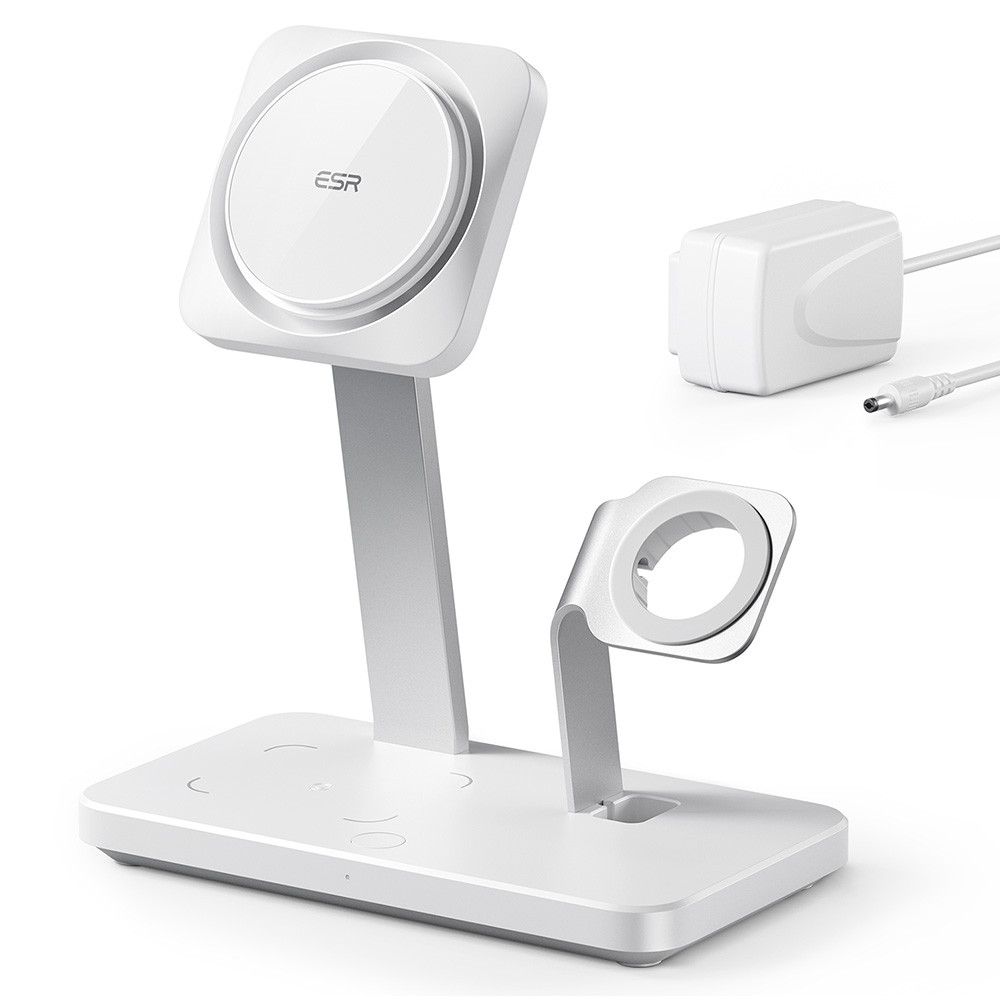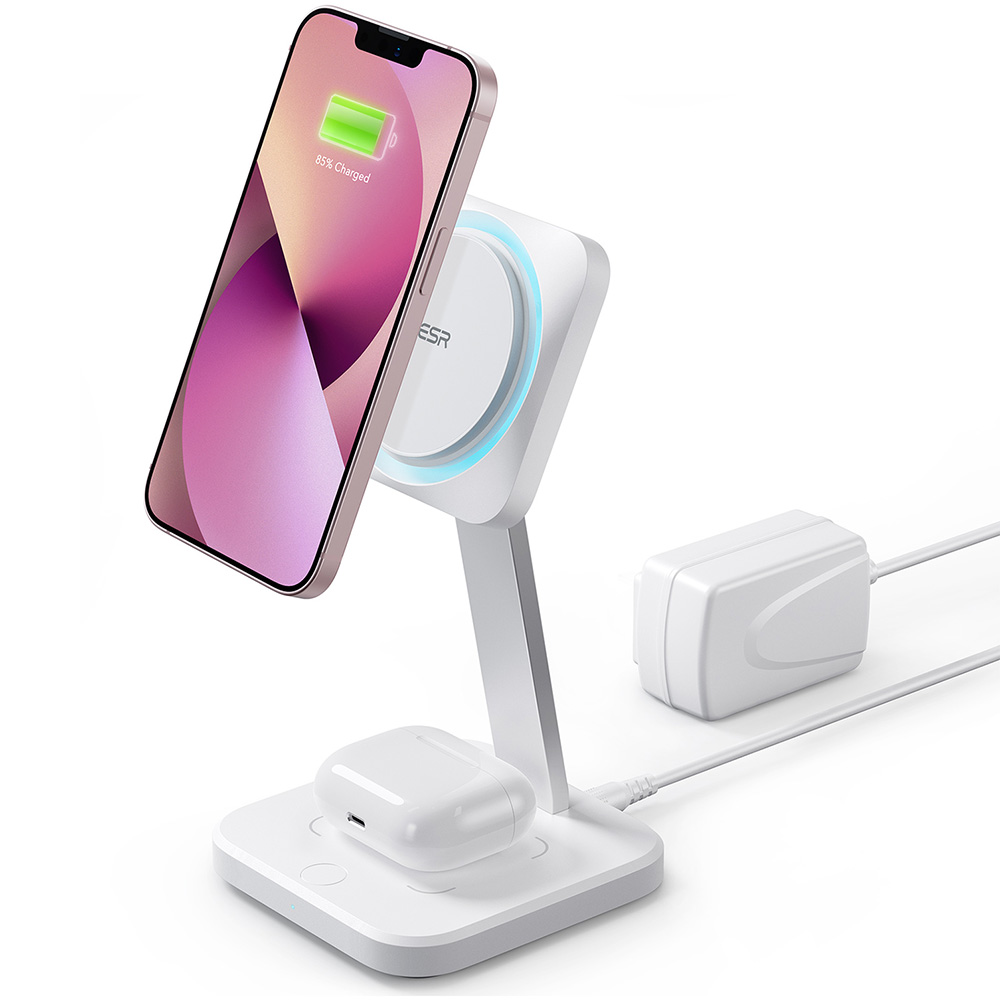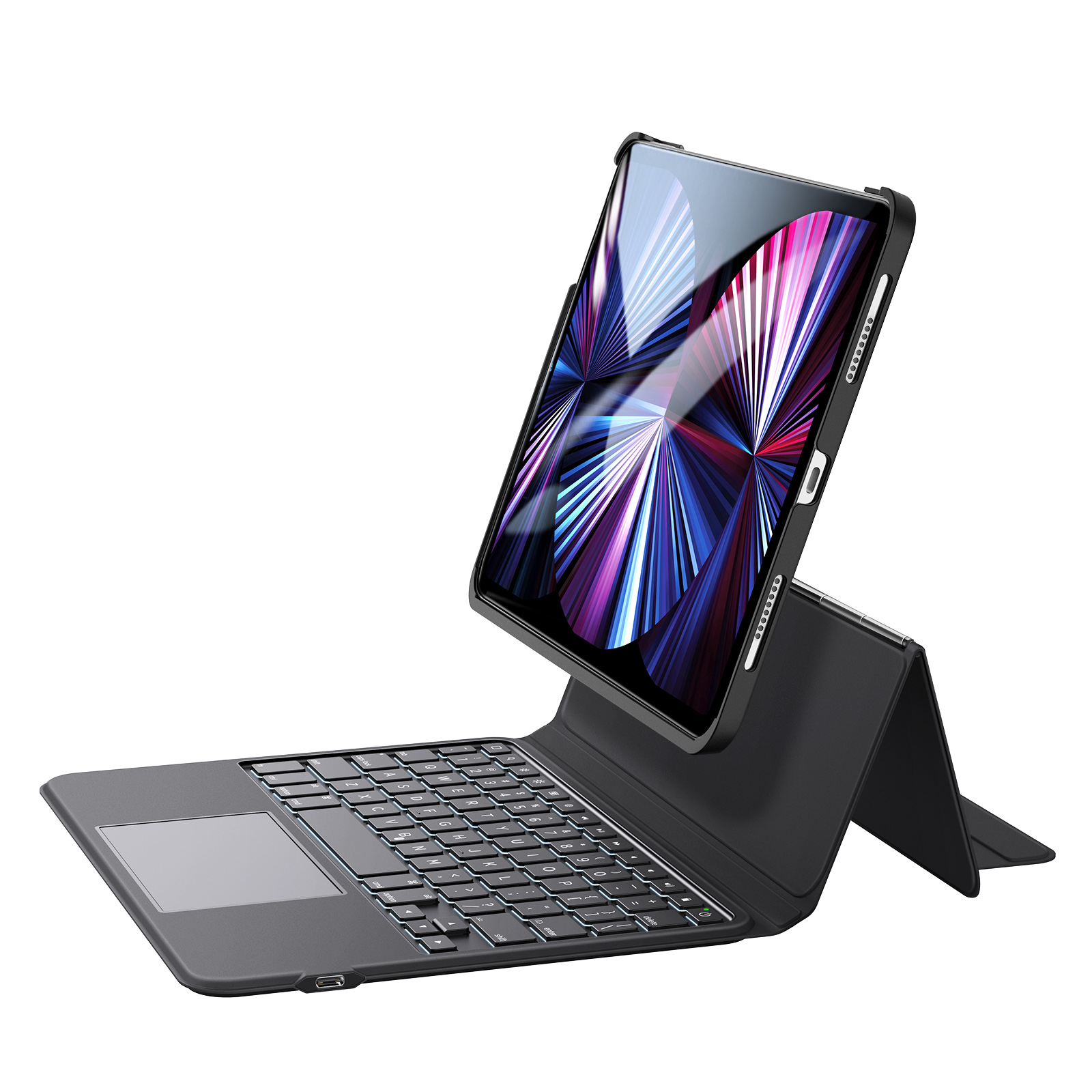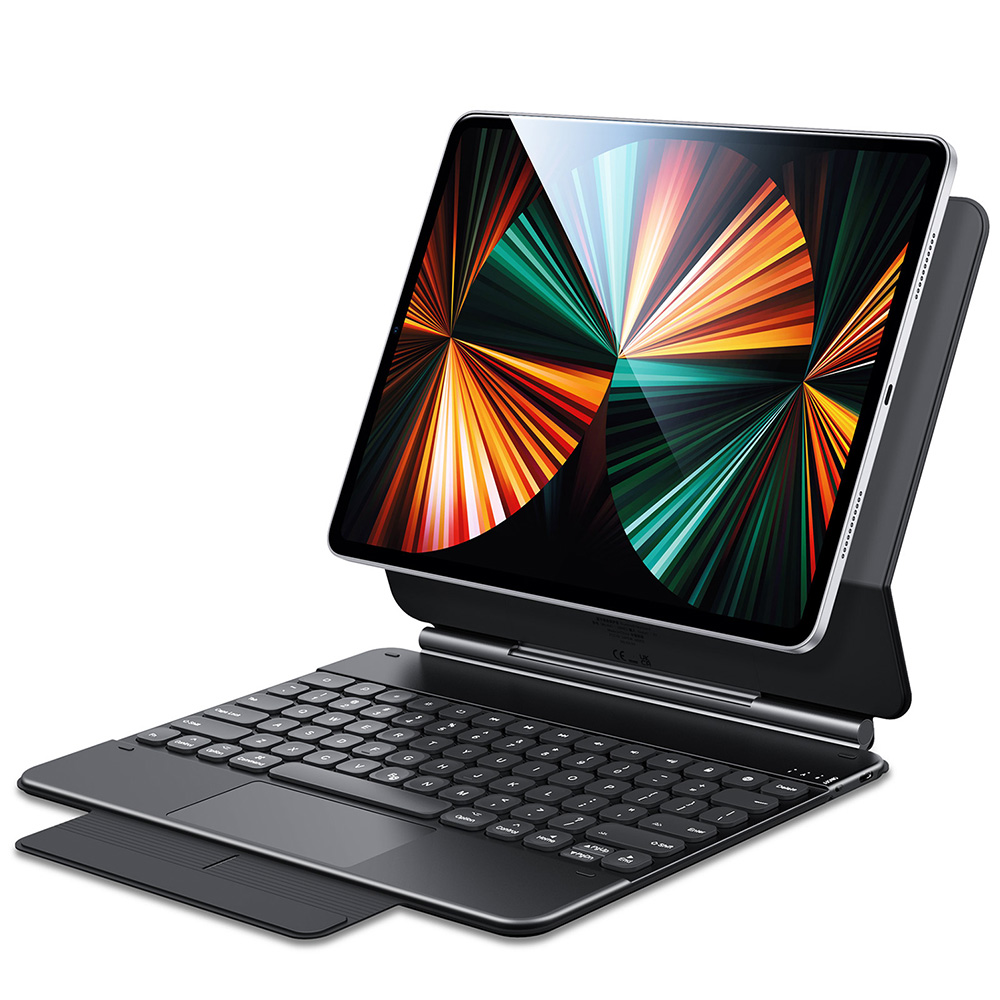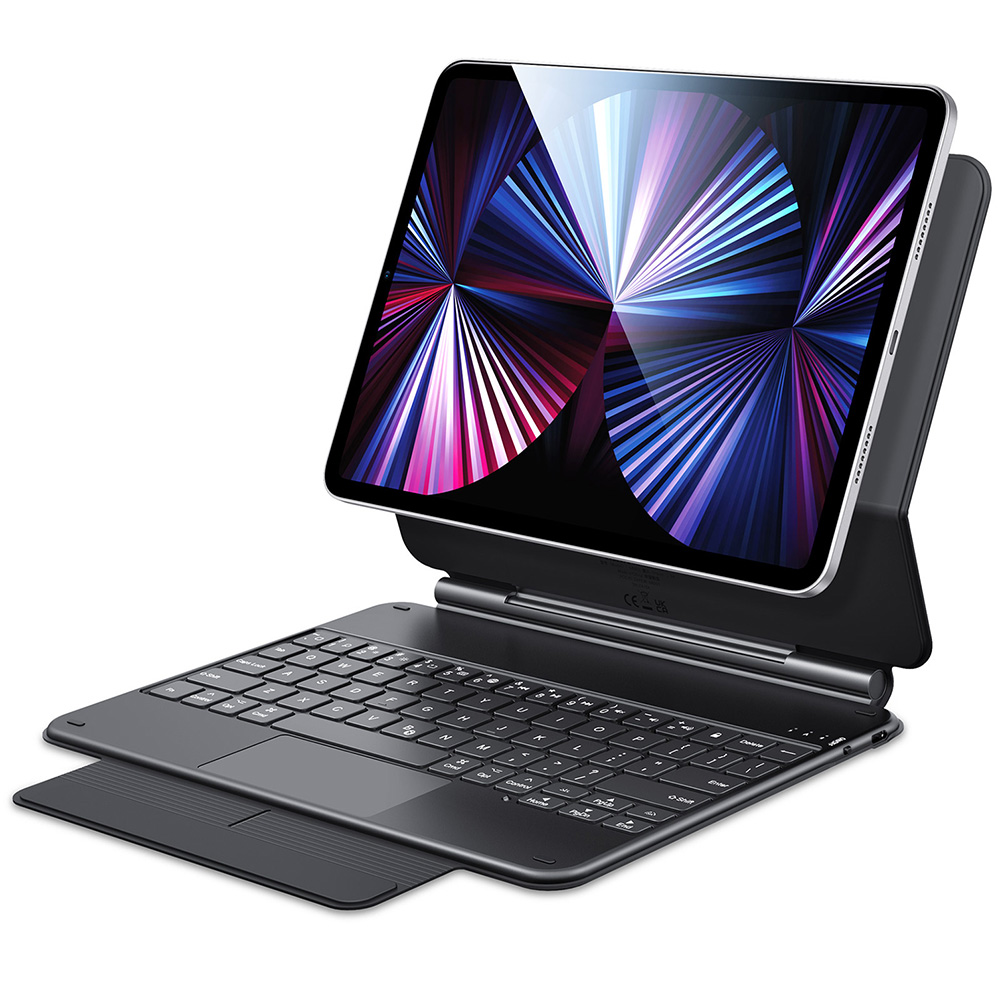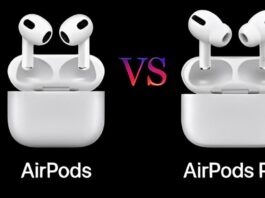Samsung introducing new models in the middle of a pandemic may or may not be a good thing- the jury is still out on that one. What everyone does agree on is that the Note 20 is far more specific in terms of its target audience as compared to the 3-phone line up of the Galaxy S20 series.
Samsung has followed the same strategy it did when the company released the Note 10 and the Note 10+. The Note 10+ had the bigger screen while the Note 10 was the more affordable option if you wanted the latest Samsung phone.
Let’s take a look at each phone and talk about the pros and cons of each. If you are confused as to which is the better pick for you, hopefully, this detailed analysis of the Note 20 versus the Note 20 Ultra will help you make a decision.
The Design
Traditionally, other than the size of the phones, Samsung has pretty much kept the design the same within a particular range. For example, the Note 10 and the Note 10+ had pretty much the same design, other than the size of their screens.
Samsung decided to throw caution to the wind this time around and created tangible, obvious differences between the Galaxy Note 20 and the Note 20 Ultra.
Save 25% OFF MagSafe Charger with code: ESRBLOG
Let’s take a look at the Samsung Galaxy Note 20 first.
With curved corners, the Note 20 is much softer looking that big brother Note 20 Ultra.
It is also one of the first phones in years to have a plasticky material back instead of glass. Samsung might call this material by a fancy name, “Glasstic” but IMO, this does not hold up well when you compare it to the Note 20 Ultra.
I am all for changes and differences between models, but the stark comparison between the Glasstic 20 and the sleek front and back Gorilla Glass panel of the 20 Ultra is a bit much.
On the other hand, the Ultra is given a sharp look with squared corners that have flattened edges. The phone is glass, both the front and back. It is pretty obvious that the Ultra 20 is pegged as the more premium version of the two, and the Glasstic vs. Glass is a sure indicator of this.
The Cameras
The simple Note 20 has a 12-megapixel main camera with a 64-megapixel telephoto lens. It can zoom up to 30 times and also has a 12-megapixel ultra-wide camera. The entire set up is pretty similar to the Galaxy S20.
The pricier Note 20 Ultra camera set up is similar to the Galaxy S20 Ultra. The Note 20 Ultra boasts a 108-megapixel main camera with a 12MP ultrawide camera. The camera can zoom up to 50 times and is one of the differentiators between the Note 20 Ultra and the 100 times zoom of the Galaxy S20 Ultra.
Both phones are capable of shooting videos in 8K at 24 frames per second. Both the 16:9 and the 21:9 format are available on the Note 20 and the Note 20 Ultra.
The Display
Here’s one of the biggest and most obvious differences between the Note 20 and the Note 20 Ultra.
The Note 20 offers a 6.7-inch display, which is Full HD, 2400×1080. This has probably been the result of cutting costs leading to a lower retail price. Barring the iPhone 11 Pro, this phone also has a lower refresh rate of 60 Hz as compared to a similar flagship phone available in the market today.
On the other hand, as expected, the Note 20 Ultra offers you a chance to level up to the big league, with a 6.9 -inch screen with a 120 Hz refresh rate and also a WQHD Plus resolution (3088 x 1440). Definitely bigger and better!
Now that we have the biggest features out of the way, let’s compare the Note 20 and the Note 20 Ultra in some other respects.
The Samsung Galaxy Note 20 vs. the Galaxy Note 20 Ultra BATTERY
While the Galaxy Note 20 has a 4300mAh capacity, the Note 20 Ultra comes with a 4500mAh. Having said that, because the Note 20 is smaller and places lower demands on the battery, it does seem to give a better battery performance than the Note 20 Ultra.
The Samsung Galaxy Note 20 vs. the Galaxy Note 20 Ultra STORAGE
There are, of course, a range of options to choose from but here are the basics:
The Note 20 comes with an 8GB RAM capacity in both the LTE and 5g models. On the other hand, the Note 20 Ultra offers 8GB RAM in the LTE but a 12 GB RAM in the 5g model.
The Note 20 LTE is a fixed 265 GB when it comes to storage but is available in 128 GB and 256 GB in the 5g model.
The Note 20 Ultra LTE is a choice between 256GB and 512GB. The 5g model is more varied with a choice between 128GB, 256GB, or 512GB.
Here are some quick go-to points if you are hard-pressed between the two:
Buy the Galaxy Note 20 if:
- You don’t want to spend too much money on a new phone.
- You are more into value for money devices than the latest bells and whistles.
- You want a smaller phone size.
- You prefer rounded edges to stark straight edges.
- Better battery performance.
Buy the Galaxy Note 20 Ultra if:
- Money is not an issue.
- You want a bigger display size.
- You are happy to pay for a better camera.
- You don’t mind the battery performance.
Of course, in terms of flagship experiences, the Note 20 Ultra is the winner if pitted against the Note 20. There are of course, a few perks to owning a Note 20 too, especially considering that the current market is flooded with huge screen phones. It includes much of what the Note 10 had to offer but with slightly better overall hardware and camera quality.
The bottom line: if you can afford it, get the Note 20 Ultra.

